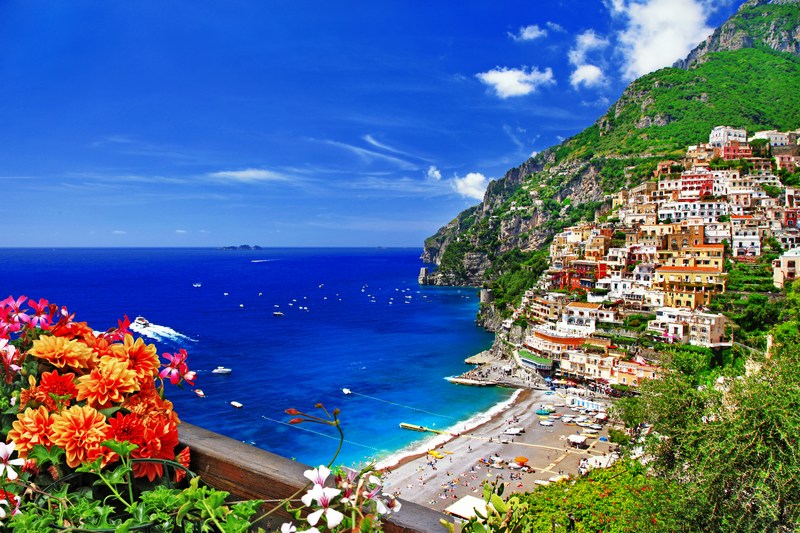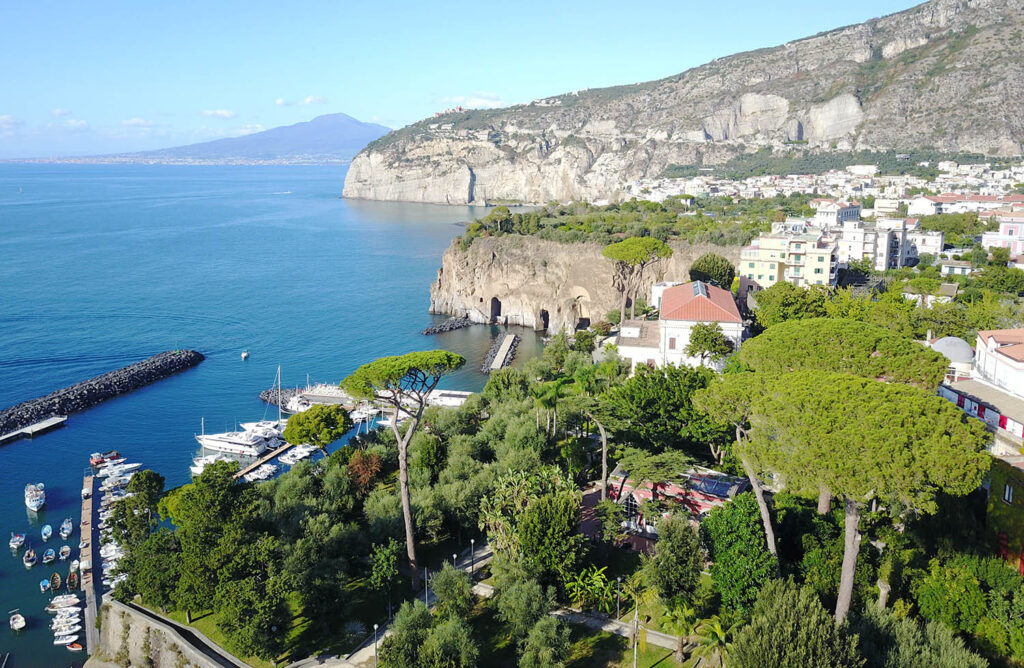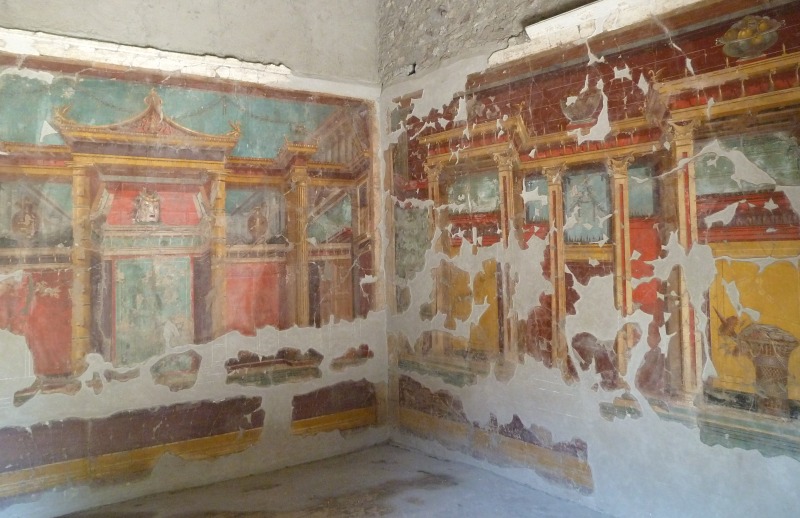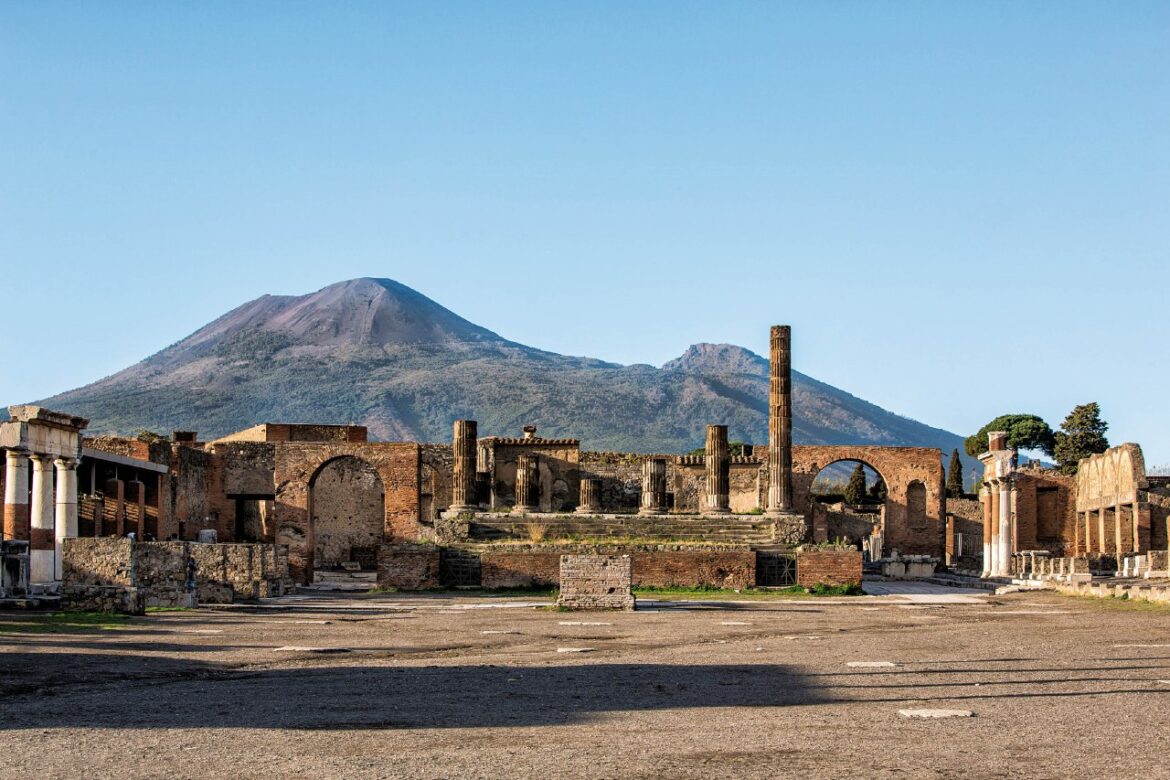Ischia is an international tourist destination, offering crystal clear waters, unspoiled landscapes, cultural sites and many other surprises. The island, of volcanic origin, hides in its underground a high concentration of thermal springs and a large variety of waters that make Ischia the “capital of European spa.” More than 300 spas allow for a stay that includes the regeneration of mind and body.
Among the many beaches, especially worth mentioning are the beaches of Maronti, Citara, and Lacco Ameno, along with the the picturesque Bays of Sorgeto and Cafiero, and Bagnitiello.
Beyond the natural charm, the villages reveal the many faces of Ischia and its natural and artistic treasures.
Among the many beaches, especially worth mentioning are the beaches of Maronti, Citara, and Lacco Ameno, along with the the picturesque Bays of Sorgeto and Cafiero, and Bagnitiello.
Beyond the natural charm, the villages reveal the many faces of Ischia and its natural and artistic treasures.






























